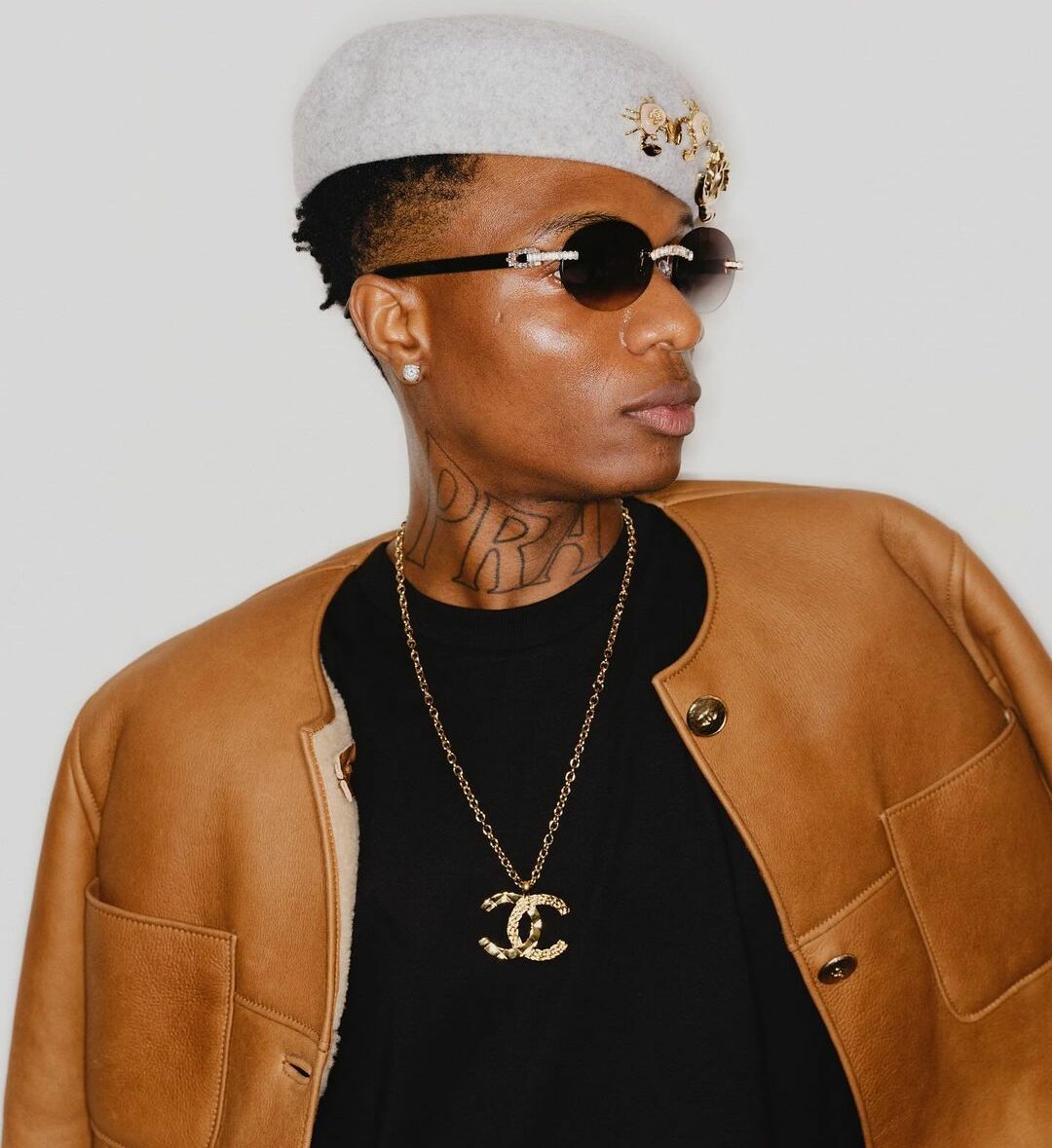ABU, Zaria Enforces Strict New Dress Code: Bans on Kissing, Hugging, Bushy Hair, Beards, and More Stir Controversy
ABU, Zaria Enforces Strict New Dress Code: Bans on Kissing, Hugging, Bushy Hair, Beards, and More Stir Controversy

Ahmadu Bello University (ABU), Zaria has rolled out a stringent dress code policy aimed at reinforcing what it describes as a professional and modest appearance among students and staff. The new guidelines, issued through a special bulletin dated June 16 and obtained by SaharaReporters, have generated significant public debate due to their sweeping nature.
Titled “Ahmadu Bello University Dress Code”, the document outlines a range of newly prohibited clothing styles and grooming choices. These include shorts, revealing outfits, transparent fabrics, and tight-fitting clothing. The policy also extends to personal appearance, discouraging what it terms “unkempt looks,” such as bushy hairstyles, beards, dreadlocks, and colored hair.
Additional restrictions include bans on tattoos, body piercings, long eyelashes, and male students wearing earrings or weaving their hair. The use of T-shirts with vulgar prints, unbuttoned shirts that expose the chest, and sagging trousers is also outlawed. Wearing bathroom slippers or colored sunglasses in academic spaces is only allowed on medical grounds.
Of particular note, the university also explicitly forbids physical displays of affection, such as hugging and kissing in public, as well as behaviors it considers inappropriate—like sitting on each other’s laps or unconventional ways of wearing face caps.
The bulletin warns that anyone—student or staff—who violates these rules will face disciplinary action, although it does not specify the exact consequences.
While the university insists the new policy is necessary to foster a respectful and conducive academic environment, the move has been met with criticism from some quarters. Detractors argue that the regulations infringe on individual rights and impose overly conservative standards.
Nonetheless, the administration appears firm on its position, stating that the updated dress code is part of a broader effort to align student and staff conduct with the institution’s values.
TRENDING SONGS
 Trending Video: Muslim Man Joins Wife in Hallelujah Challenge ‘Dress Like Your Miracle’ Night
Trending Video: Muslim Man Joins Wife in Hallelujah Challenge ‘Dress Like Your Miracle’ Night
 Woman Seeks Advice as Late Brother’s Wife Refuses to Mourn Him Following His Death With Alleged Mistress
Woman Seeks Advice as Late Brother’s Wife Refuses to Mourn Him Following His Death With Alleged Mistress
 Nobody Cares About Fine Girls In The UK, I Miss Nigeria — Nigerian Lady Laments
Nobody Cares About Fine Girls In The UK, I Miss Nigeria — Nigerian Lady Laments
 Wedding Called Off: How Lady Cancels Wedding After Finding Out Finance’s Affairs With Her Bestie
Wedding Called Off: How Lady Cancels Wedding After Finding Out Finance’s Affairs With Her Bestie
 Heartbreak in Ikeja: Lady Weeps After Fufu Found in New Phone Package
Heartbreak in Ikeja: Lady Weeps After Fufu Found in New Phone Package
 Twist of Fate: Man Who Questioned Phyna’s ₦1Billion Demand Mourns Brother in Dangote Truck Crash
Twist of Fate: Man Who Questioned Phyna’s ₦1Billion Demand Mourns Brother in Dangote Truck Crash
 Tragedy in Enugu: Dangote Truck Claims Lives of Family of Five
Tragedy in Enugu: Dangote Truck Claims Lives of Family of Five
 Bangkok Crackdown: Nigerian-Thai Couple in Police Net Over Drug Trafficking
Bangkok Crackdown: Nigerian-Thai Couple in Police Net Over Drug Trafficking
 Family Rift: Reno Omokri’s Ex-Wife Says He Deserted Their Special Needs Son
Family Rift: Reno Omokri’s Ex-Wife Says He Deserted Their Special Needs Son
 The Man Who Sent Money for Two Decades, Only to Return to an Empty Shell
The Man Who Sent Money for Two Decades, Only to Return to an Empty Shell
Share this post with your friends on ![]()













